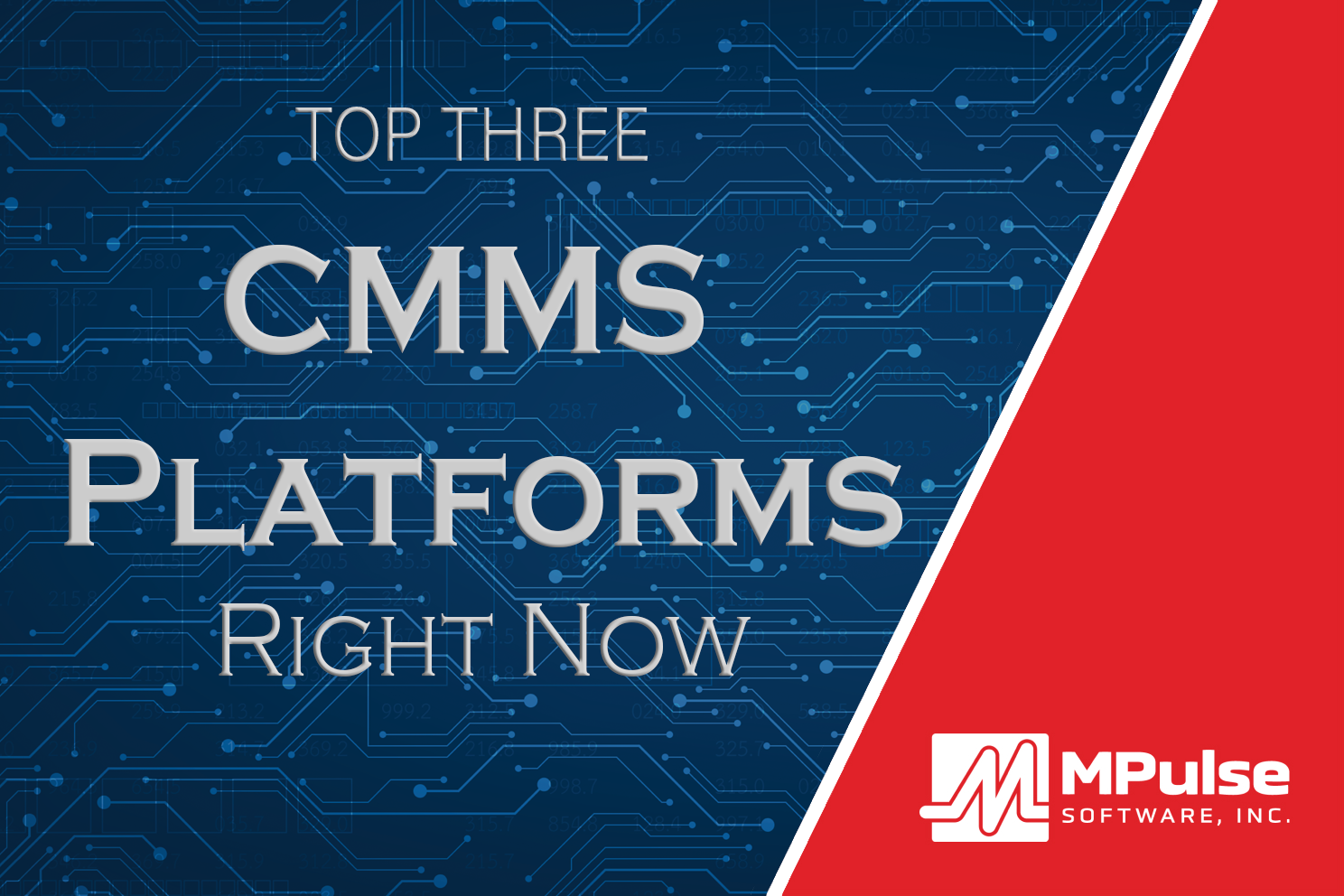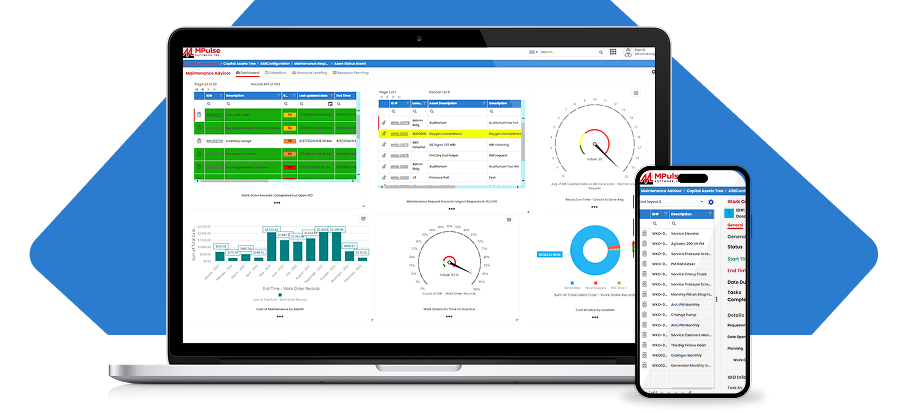Maintenance benchmarks help you evaluate your team’s performance. They can help you answer the big questions, like “How effective is my organization’s maintenance strategy?”
Using benchmarks, you can identify best practices that drive the metrics.
Table of Contents
How Do I Start Setting Maintenance Benchmarks?
Firstly, you start by measuring your team’s metrics. Use your CMMS data to measure your team’s current key performance indicators (KPIs) and create a baseline.
KPIs evaluate your success in the areas you care about, giving you a new level of insight on what’s going on in your department.
If you’re not sure where to start, six maintenance KPIs that most MPulse customers find handy include…
- Planned Maintenance Percentage: The percentage of the total hours spent on PM maintenance activities over a specific period
- Preventative Maintenance Compliance (PMC): The percentage of scheduled PM tasks that get done in a specific time interval
- Mean Time to Repair (MTTR): The average time to evaluate and repair failed equipment
- Mean Time Between Failures (MTBF): The predicted time between failures of an asset during normal operation
- Overall Equipment Effectiveness (OEE): The percentage of manufacturing time that is truly productive
- Maintenance Backlog: The percentage of uncompleted tasks
Make sure you dig deeper than the numbers—because processes, workflows, and other factors can affect these KPIs. As a result, you should understand how those numbers are calculated to make sure you’re making a fair comparison.
Where Do I Find My Industry’s Benchmarks?
Secondly, you evaluate your company’s performance by comparing your metrics and processes with those of other organizations. Start by researching your industry’s benchmarks to see how you’re performing and where you should look for improvements.
You can find benchmarks from industry associations, maintenance journals, benchmark databases, and other sources. Additionally, use your professional network to find common benchmarks that your industry uses.
Then, based on your team’s performance and the industry standards, use your benchmarks to determine realistic KPI goals for your organization. Also, create a reasonable timeline with goal-based milestones and efficiency goals.
Over time, MPulse helps you pinpoint trends and determine what areas need more attention. You also can create benchmarks to measure current performance against historic performance or goals.
Whatever you decide to measure, CMMS software gives you the tools you need to determine if your maintenance team is doing the right things to support or improve productivity—and if they’re doing those things correctly. This way you will be able to measure maintenance effectiveness.
Need more information on creating maintenance benchmarks? Contact us. We’re here to help.
[related-content]






